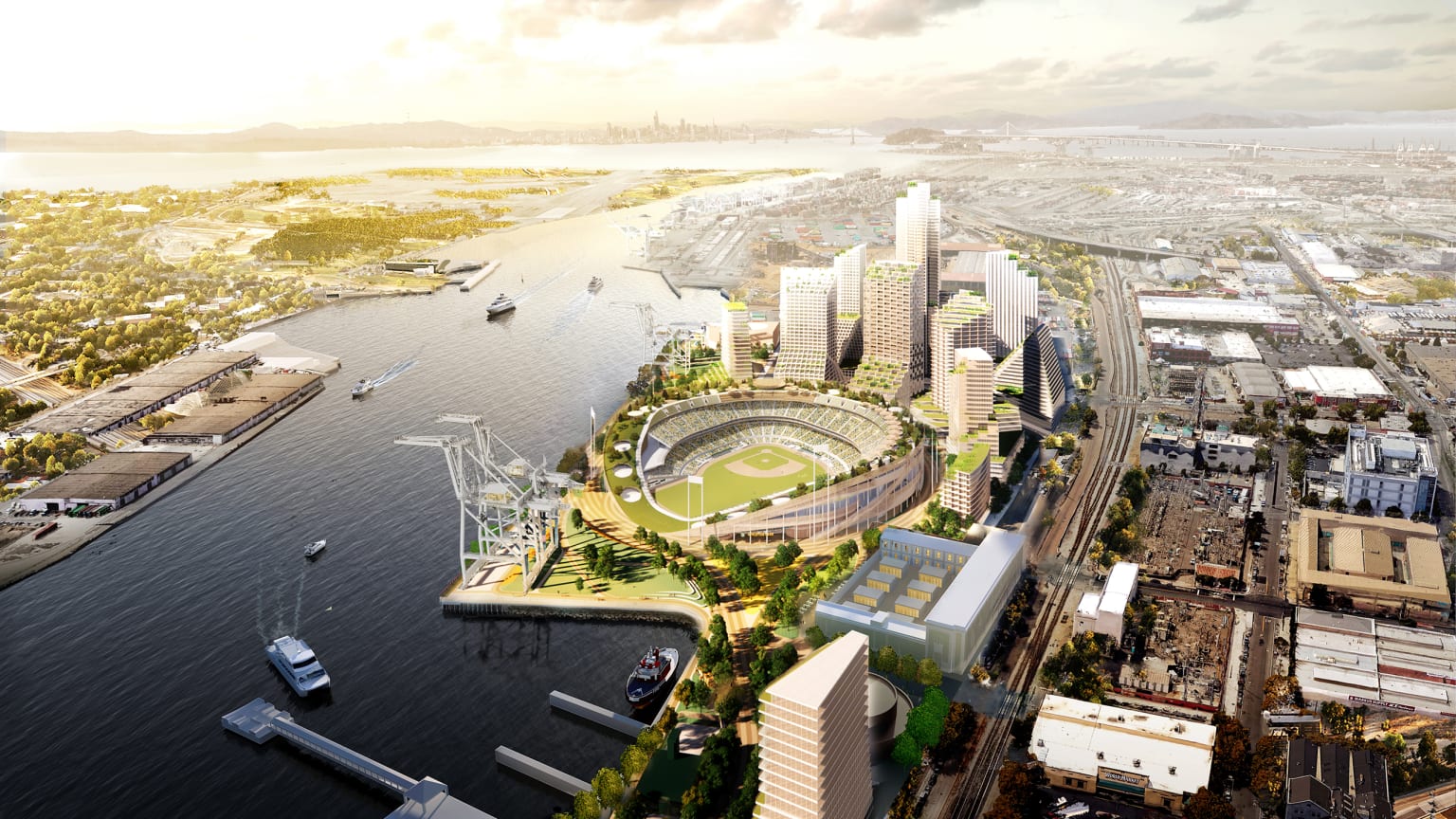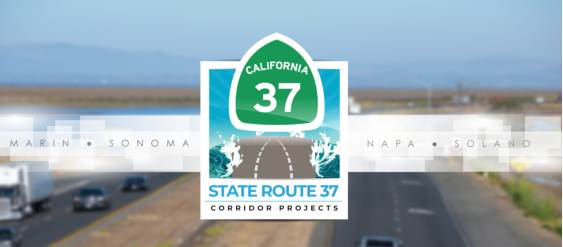Note: GJEL Accident Attorneys regularly sponsors coverage on Streetsblog San Francisco and Streetsblog California. Unless noted in the story, GJEL Accident Attorneys is not consulted for the content or editorial direction of the sponsored content.
"What's missing from this picture?" asked Denyse Trepanier, President of Walk Bike Alameda, during a Bike East Bay-hosted presentation Tuesday evening on the proposed ballpark at Howard Terminal in Oakland adjacent to Jack London Square. Trepanier was referring to the Oakland estuary at the left of the stadium in the above rendering and the lack of a pedestrian and bicycle crossing to Western Alameda, 1,000-feet on the other side.
As she pointed out, there are already several agencies involved in developing a bike-ped bridge, and most major hurdles--aside from the $100 plus million cash required to build it--have been stripped away. The Coast Guard, which moors its cutters in the estuary, "...basically said they would approve the design that came out of the technical feasibility study. That’s really really good news." Previously, objections from the Coast Guard were seen as a major impediment. The Port of Oakland also likes the preliminary designs.
The problem has been to bring the project home, so to speak. "We want the A’s is to get the easements for the landings," said Trepanier, adding that they could get the designs nailed down and under construction were it incorporated into the transportation plan for the stadium. And since one of the proposed alignment for the bridge would basically land at the foot of the ballpark, it could be a major way to reduce car traffic between the island and Oakland on game days.
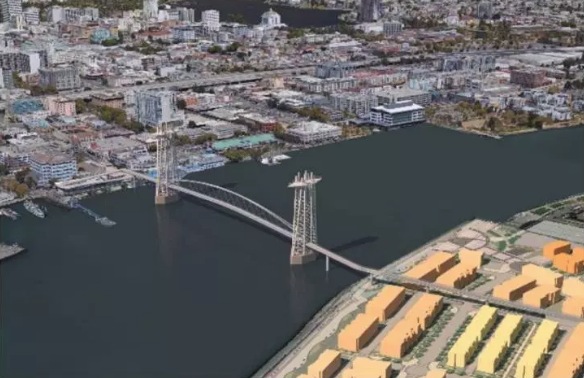
And yet the bridge isn't part of the proposal's current transportation plan.
Trepanier wasn't the only one on the panel who saw problems and lost opportunities with the proposed ballpark designs. Bike East Bay's Dave Campbell, who moderated the panel, described a ballpark transportation plan that depends on bike lanes that, on balance, aren't safe for all ages and abilities. "We want to see low-stress, comfortable bikeways to the ballpark," he said. The plan contains some protected bike lanes such, as on MLK, down to the ballpark. There's also a two-way protected bike lane along Embarcadero and inside the development around the site. However, many of these drop in and out, there are still too many unprotected, "buffered" bike lanes.
And the intersections are not protected, said Campbell, who also praised the use of bulbouts to make pedestrian crossings safer. "We think these intersections should and can be protected intersections though."
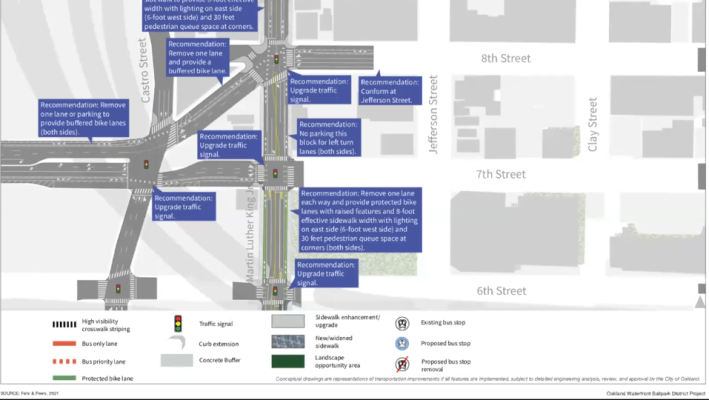
One might ask, why should a baseball team be involved in planning protected bike lanes to its stadium? Isn't that a city concern? But Campbell pointed out the Howard Terminal development is much more than just a ballpark. "They’re proposing a mixed-use development with 3,000 residential units, up to 1.5 million square feet of office space, 270,000 square feet of retail uses, a hotel... and 18.3 acres of privately owned publicly accessible open spaces." In other words, the development will transform what is now a disused port facility into an extension of Jack London Square. Meaning it's not unreasonable for the developers to be expected to plan for and contribute to transportation to, from, and through the site in a way that doesn't just add more car traffic.
"We're tentatively very excited about it," said Savlan Hauser, Executive Director at Jack London Improvement District, of the development. But "we advocate for better connectivity to the downtown, helping reverse the freeway barriers of 880, pedestrian and bike safety; we really want to see people not driving around in our district but getting out and supporting our small businesses."
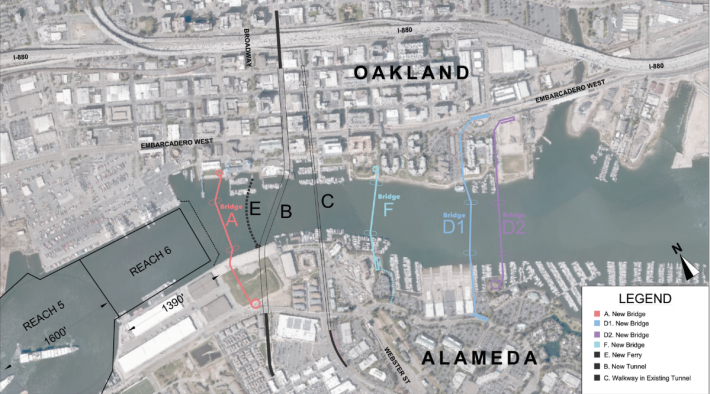
She added that they will be pushing for improvements to the 880 under-crossings, which have been a significant barrier between Jack London Square and downtown Oakland. The Oakland A's, she said, should help finance the bike-ped bridge and those under-crossing improvements. "And more water transit, which would be fantastic... we're using this project to elevate these issues," said Hauser.
"We really are staring at an economic development project," said Chris Hwang, President of Walk Oakland Bike Oakland, who was also on the panel, adding that the project isn't just about baseball. "What the A's are proposing can be a real catalyst for other projects."
"People really need to get on the Oakland Alameda bike-ped bridge," she added. "This may be the only chance to get that project off the ground."
To support the bridge and better bike paths in and around the Oakland A's development, be sure to comment on the plan before April 27.
